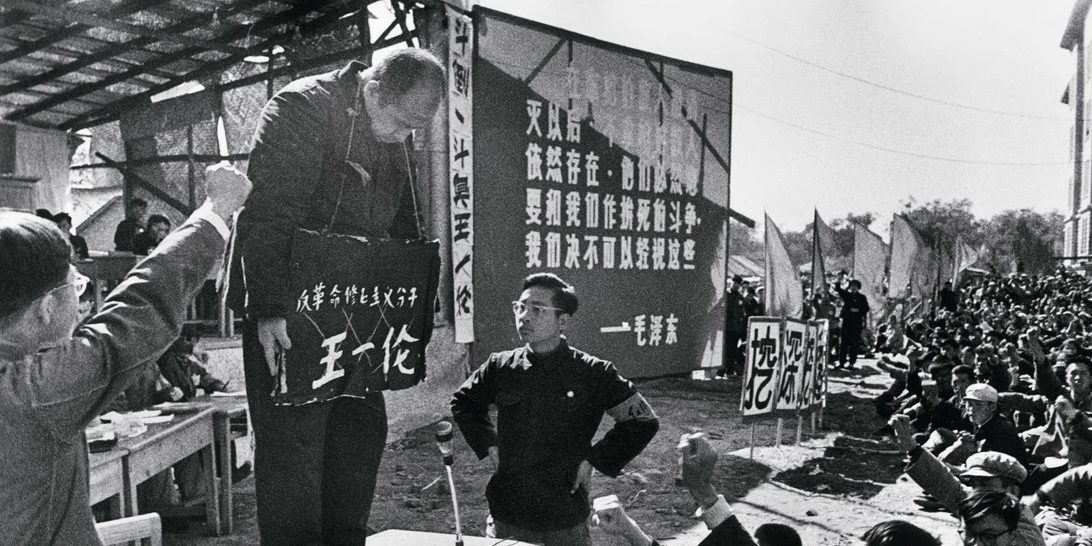Collaborators Bash the “Right” while Ignoring the Threat Inside the Wire
Another footsoldier for leftist ideologues appears in the pages of the Chronicle of Higher Education, this one a sociology professor by the name of Steven Brint. The misdirection continues as Brint trains his sights on those pesky and ubiquitous outsiders of the “right.”
You know, “state legislators.”
He begins his piece with this scintilla of truth:
“The last few years have seen a troubling and unusually brazen series of challenges to academic freedom.”
These challenges are indeed underway, but unfortunately and predictably, Brint veers off into a fit of hand-wringing over “Republican state legislators,” while completely ignoring the real attack on academic freedom that has accelerated in the last three years. We see lots of these pop-smoke pieces that do nothing save provide cover for the campus apparatchiks working actively to “Boldly transform higher education,” as their motto goes.

The enemy is already inside the wire, right there with Brint, and he not only ignores the threat they pose, he carries water for them. In an earlier era, he would have been called a collaborator. Czech dissident Vaclav Havel, exiled Soviet poet Joseph Brodsky, exiled Polish academic Leszek Kolakowski, exiled Yugoslav Milovan Djilas, Polish literary scholar Michael Glowinski, and many others knew well the Brints of the world.
Brint offers a tepid description of the campus “academic movements” that have begun to permeate university bureaucracies and to dominate certain academic programs, such domination leading to the emergence of a peculiar patois. Here’s how Brint describes Americans’ growing awareness of the confected vernacular of critical racialism that accelerated in 2020.
“It was during this time that Americans outside of academic circles first became aware of such previously unfamiliar terms as “systemic racism,” “white supremacy,” “white privilege,” and “white fragility.” They became familiar, too, with the term “critical race theory,” a name for a decades-old academic movement that draws attention to the pervasiveness and systemic nature of racial inequalities.”
It’s unlikely that a more anodyne description of CRT could be contrived than what Brint serves up here, and one wonders what Brint could gain by soft-peddling this toxic doctrine.

CRT does far more than “draw attention” to anything—it’s a primitive binary construction grounded in neo-Marxist magic thinking (fiction, fables, and fantasy) that lumps people into two categories. These category pairs are lifted straight from Marx and consist of oppressors and oppressed, exploiters and exploited, agents and targets, villains and victims—all based on skin color. This condition is permanent and it animates education schools in the guise of “critical pedagogy” and “antiracist pedagogy,” both illegitimate and degenerating research programs.
The ideology has also infiltrated university programs such as writing centers, faculty “teaching” programs, seminar series, dormitory “res-life” co-curricular “teaching”—anywhere education school functionaries have gained a foothold and increased it with in-bred hiring.
The noxious lockstep ideology also animates the DEI offices on all university campuses. These DEI offices constitute a political apparatus well-known to scholars of Soviet and Communist Chinese political systems and they are easily recognized as such by emigres from Eastern Europe.
DEI offices are not unlike the “commissar” system of political officers that guarantees loyalty to a political ideology, the system that existed in the Soviet Union and is still operative in Communist China. These DEI offices constitute the greatest threat to academic freedom in the past half-century as they occupy important bureaucratic turf inside academia.
This censorious template for the internal censorious co-optation of academia by DEI and student affairs offices is not a secret—see the book It’s Not Free Speech by Berube and Ruth, among others.
But not a word about any of this by sociology professor Steven Brint in his article below.

